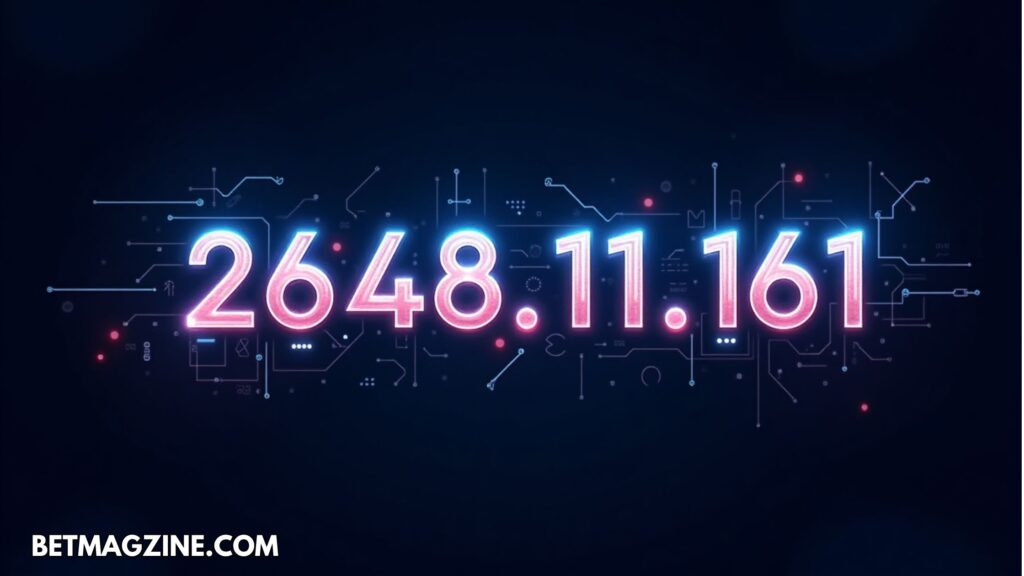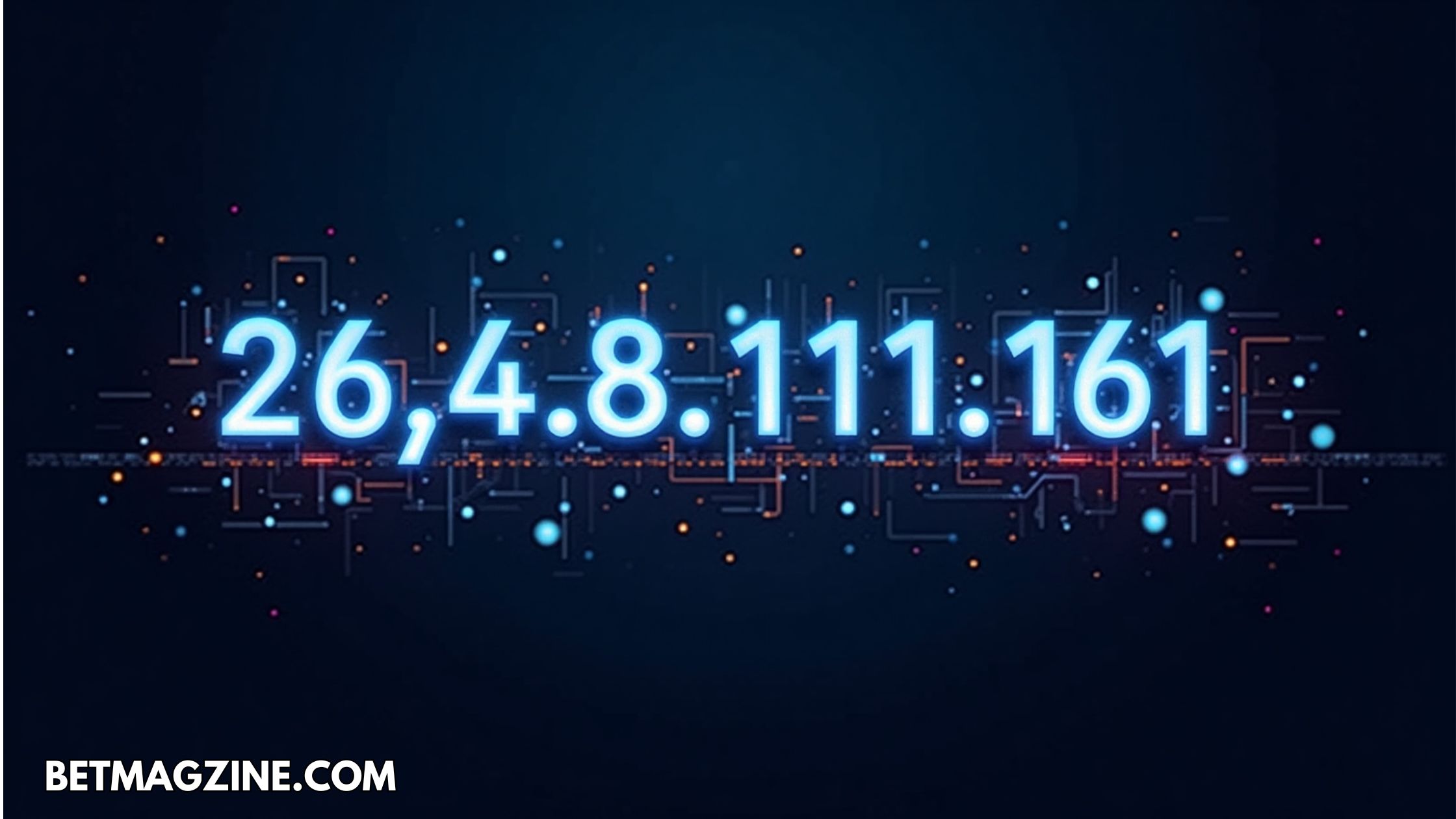Introduction
In the world of the internet, every device needs a unique identity. That’s where IP addresses come in. Whether you’re browsing websites, sending emails, or streaming videos, you’re using an IP address. In this guide, we’ll break down what IP addresses are, how they work, and what they mean for you.
What is an IP Address?
An IP address (Internet Protocol address) is a unique string of numbers assigned to every device connected to the internet or a local network. Think of it as a digital mailing address for your device. It lets computers talk to each other and exchange information.
Types of IP Addresses
There are two main types:
1. IPv4 (Internet Protocol version 4)
This is the most common type of IP address. It looks like this:192.168.1.1
IPv4 addresses use 4 numbers (called octets), separated by periods. Each number can range from 0 to 255. This means a valid IPv4 address could be something like 123.45.67.89.
Note: An IP like
264.68.111.161is invalid because 264 is greater than 255.
2. IPv6 (Internet Protocol version 6)
As more devices connect to the internet, IPv6 was created to allow for more addresses. An IPv6 address looks like this:2001:0db8:85a3:0000:0000:8a2e:0370:7334
It uses hexadecimal and colons, making it longer and more complex but far more future-proof.
Public vs Private IP Addresses

Public IP Address
This is the IP address assigned by your Internet Service Provider (ISP). It’s what the internet sees when you visit websites.
Example:203.0.113.45
Private IP Address
Used within your local network (like your home Wi-Fi). Devices like your phone, printer, and TV all get a private IP from your router.
Common ranges include:
192.168.x.x10.x.x.x172.16.x.xto172.31.x.x
Private IPs aren’t visible to the public internet.
Static vs Dynamic IP Addresses
Dynamic IP
Most home networks use dynamic IPs. Your IP may change every time you reboot your router. These are assigned by DHCP (Dynamic Host Configuration Protocol).
Static IP
A static IP doesn’t change. Businesses often use static IPs for servers, email hosting, or gaming.
How IP Addresses Are Assigned
IP addresses are assigned by organizations called Regional Internet Registries (RIRs). These organizations manage large blocks of IP addresses and assign them to ISPs and other organizations.
The five RIRs are:
- ARIN (North America)
- RIPE NCC (Europe, Middle East)
- APNIC (Asia-Pacific)
- LACNIC (Latin America and Caribbean)
- AFRINIC (Africa)
How to Find Your IP Address
To find your public IP:
Go to websites like:
To find your private IP (on Windows):
- Open Command Prompt
- Type
ipconfig - Look for “IPv4 Address”
On Mac:
- Open System Preferences > Network
- Look under Wi-Fi or Ethernet
Common IP Address Misconceptions
❌ All IPs are public
Nope. Most home networks use private IPs. Only your router’s public IP is visible online.
❌ IPs can pinpoint exact location
Not always. IP geolocation can often show your city or area, but not your street or home.
❌ IPs are completely secret
Your IP is visible to every website you visit. That’s how they send content back to your device.
Why Is 264.68.111.161 an Invalid IP Address?

Let’s break it down:
A valid IPv4 address is made up of four numbers between 0 and 255. In the IP 264.68.111.161, the first part, 264, is not valid because it’s higher than 255.
Here’s an example of a valid address: 192.168.1.1
Here’s an invalid one: 300.500.100.200 – All numbers are outside the allowed range.
Why Do IPs Matter?
IP addresses help with:
- Routing internet traffic correctly
- Network security and blocking malicious users
- Streaming services (they use your IP to show local content)
- Online ads targeting your region
- Gaming and connection speeds
Frequently Asked Questions (FAQs)
Q1: Can someone hack me with just my IP address?
Not easily. Your IP alone isn’t enough to break into your system, but it’s still good to use a firewall and VPN for extra protection.
Q2: What’s the difference between IPv4 and IPv6?
IPv4 is older and uses 32-bit addresses (like 192.0.2.1), while IPv6 is newer with 128-bit addresses (like 2001:db8::1). IPv6 can support way more devices.
Q3: Can I change my IP address?
Yes. Restarting your router can give you a new dynamic IP. Or, use a VPN to mask your IP with one from another region.
Q4: Is it illegal to hide your IP?
No, using a VPN or proxy is legal in most countries. Just don’t use it for illegal activities.
Q5: What happens if two devices have the same IP?
That causes a conflict, and both devices might stop working on the network. Routers usually prevent this with DHCP.
Conclusion

IP addresses are the invisible bridge connecting your device to the digital world. They route, identify, and protect your connection. Understanding how they work helps you stay informed, secure, and in control of your online activity.
And remember:
If you ever see an IP like 264.68.111.161, now you know—it’s invalid.



